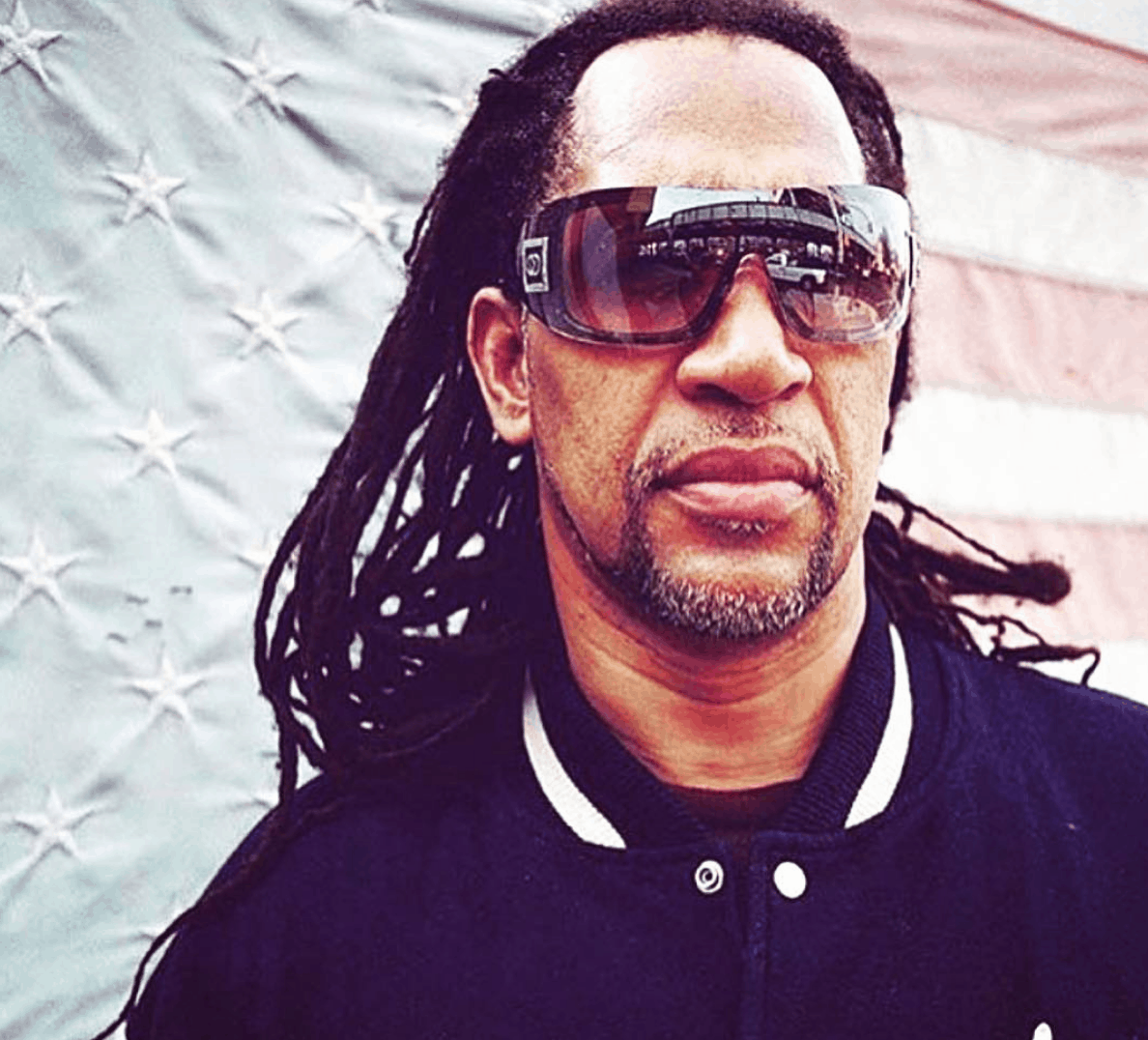DJ Kool Herc
2007 Grand Marshal
2007 Grand Marshal

Herc has received a lot of recognitions including being highlighted in the Rock and Roll Hall of Fame Museum in 1995. The people’s Hall of Fame Award and Certificate from Governor Mario Cuomo were given to Herc in 1994 for establishing the roots of Hip-Hop in the City of New York.
Herc portrayed himself in the 1984 Hollywood movie “Beat Street.” Produced by Harry Belafonte, David Picker and directed by Stan Lathan.
Herc also, wrote the introduction to the book “Can’t Stop Won’t Stop.” A History of the Hip-Hop Generation. Written and released in 2005 by Author Jeff Chang. The book also received the American Book Award and translated into several languages.
Herc is always being profiled in countless magazines and books on Hip-Hop Culture.
In the article, THEY MADE NEW YORK of THE NEW YORK TIMES STYLE MAGAZINE, September 2015 issue, DJ Kool Herc was featured as one of the people who defined New York’s inimitable and electrifying cultural scene of the 1970’s and early ‘80’s.
In 2007, DJ Kool Herc and his sister Cindy contributed to having 1520 Sedgwick Avenue housing to remain affordable.
The United States of America Congressional Records Proceedings and Debate of the 110th Congress First Session recognized DJ Kool Herc and Cindy for their achievements.
For the first time, the prestigious Vanity Fair November 2005 issue Magazine, gave Hip-Hop a great acknowledgment by recognizing the Kings and Queens of Hip-Hop. Herc received a 2-page spread in the magazine for the innovation of Hip-Hop Culture.
On October 12th, 2004 VH-ONE honored DJ Kool Herc as the Founder of Hip-Hop on their first Hip-Hop Pioneer Award Show.
The May 2002 issue of Time Magazine credited Herc for being an innovated music founder of Hip-Hop, along with Elvis Presley for Rock ‘N’ Roll, Louis Armstrong for Jazz and Bill Monroe for Bluegrass. The creation of all this music came from the United States of America. and Kool Herc’s musical genius creation places him in a category of being a Living Legend.
The New Yorker Magazine's issue of April 2003 featured 35 Years of New York’s Greatest had credited DJ Kool Herc as one of the 100 people who changed New York.
Entertainment Weekly awarded Herc for “Inventing” Hip-Hop, in the seventies in their May 1999 issue Magazine of the Greatest Moments in Rock.
The Source Magazine 1999 Hip-Hop Music Awards honored Kool Herc with the “Hip-Hop Pioneer” Award.
Herc was featured in the 2002 Brooklyn Museum of Art’s exhibition entitled, “Hip-Hop” Nation: Roots, Rhymes, and Rage.
DJ Kool Herc story began in the Town of Kingston, Jamaica W.I. – the home of such musical Legends as Bob Marley & Rita Marley and the Marley family, Sir Coxsone, Big Youth, Lee Scott Perry, Shaggy Marcia Griffith, Shaba Ranks and many others.
Herc was heavily influenced by the music of his native Jamaica and also the sounds of American music. He was introduced to the sounds of James Browm – His major influence – and Motown music. Herc’s ears were already meshing the two musical traditions, Jamaican toasting, (along - established Jamaican musical tradition of “rapping” over the music.) with the funk and soul of Black America.
When, Herc moved to the Bronx, after leaving Jamaica. His love for music continued and an interest in DJ'ing began. He attempted to incorporate his Jamaican style of DJ'ing which involved reciting improvished rhymes with the dubbed version of his reggae records. His style evolved to using instrumental and percussion section of the day’s popular music. In 1973 August, 11th. Herc DJ'd a back to school party for his sister, Cindy, which was held at 1520 Sedgwick Avenue in the recreational room, on the west side of the Bronx, New York City.
It was there that a musical revolution was conceived when DJ Kool Herc adapted his style to American Funk & Soul. He developed a method for keeping the music going at the breaks in the records. Because these breaks were relatively short, he extended them on two turntables.
Herc’s popularity rose by playing long sets of assorted rhythm breaks strung together. Unlike any of his DJ counterpart, Herc isn’t a rapid rapper who keeps your head spinning with a patter, but he is a musical innovator on the turntables. In fact, he first introduced using two turntables to make the beats last longer. This created the illusion of one long break for the B-Boys to show off their skills.
Until Herc labeled them so, there were no B-Boys . The B-Boys, Breaking Boys, would go off to the breakbeats Herc would play.
Herc also brought the Jamaican style of calling out the names of the dancers – the sort rhythmical pattern that would eventually be set to rhymes, now known as rapping and picked up by other MC’s. Little did he know what a visionary he had become. Herc’s style and sound system sound caught on and was copied by many DJ’s and MC’s.
Though his role as the inventor of the hip-hop phenomenon, which is known worldwide, the Bronx is still home base for DJ Kool Herc.He is still active on the DJ circuit. And you can find him spinning throughout the United States and worldwide including the U.K., Luxembourg, Germany, Switzerland, France, Ireland, The Netherlands, Holland, Amsterdam, Australia, Denmark, and Italy.
DJ Kool Herc is currently scouting to bring his sound to other areas around the Globe.
For more information, please visit www.djkoolherc.com